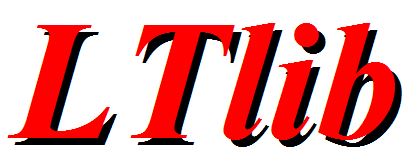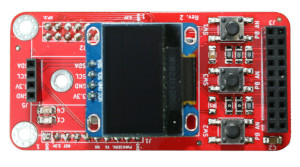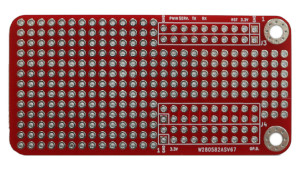Scatola di montaggio 3D printed - mini Sensing
La scatola di montaggio stampata per mezzo della stampante 3D, permette di proteggere il sistema mini Sensing, sia esso formato dalla semplice scheda di sviluppo base o con schede di espansione. La lista sotto mostra alcuni modelli, che a seconda delle esigenze, possono soddisfare diversi casi di assemblaggio. Alcuni modelli verranno aggiunti con il tempo.
Libreria LaurTec LTlib 5.1.2
La libreria LaurTec LTlib 5.1.2 permette la compilazione di codici scritti per i microcontrollori della famiglia PIC16, PIC18, PIC24F e PIC32. Integra librerie per i moduli interni e molte periferiche esterne. La libreria contiene tutti i sorgenti e gli header file ed è fornita con esempi di programmazione. La nuova versione include il supporto per memorie SD e file system FAT.
mini Sensing - Display adapter Board
La scheda di sviluppo mini Sensing – Display adapter Board, è pensata per estendere la scheda di sviluppo mini Sensing – PIC Board, per mezzo di moduli grafici GLCD e OLED supportando diversi controllori. La libreria LTlib 5 supporta tra le varie librerie anche quella per display grafici GLCD e OLED, permettendo di scrivere in maniera rapida applicazioni grafiche. Facendo uso degli esempi fornirti con la libreria LTlib 5 e le schede di sviluppo, è spesso possibile realizzare dei propri menù grafici con pochi minuti di programmazione.
mini Sensing - Extension Board
La scheda di sviluppo mini Sensing – Extension Board, è pensata per estendere la scheda di sviluppo mini Sensing – PIC Board, per mezzo di una semplice scheda multi fori. In questo modo è possibile aggiungere una qualunque funzione personale per mezzo di componenti saldati manualmente.
mini Sensing - nRF24L01 Board
La scheda di sviluppo mini Sensing – nRF24L01 Board, è pensata per estendere la scheda di sviluppo mini Sensing – PIC Board, per mezzo di moduli radio nRF24L01 della Nordic. La libreria LTlib 5 supporta tra le varie librerie anche il transceiver nRF24L01, permettendo di scrivere in maniera rapida applicazioni con moduli radio.
Registrati al sito
Accedi a tutte le risorse e articoli non visibili pubblicamente, puoi registrarti con pochi passi.
Login
Online
Abbiamo 159 ospiti e nessun utente online





